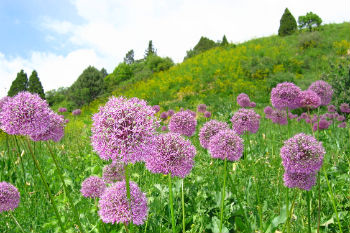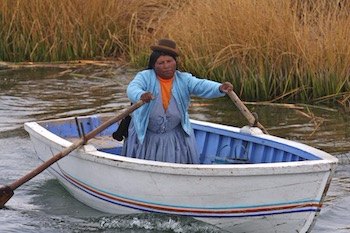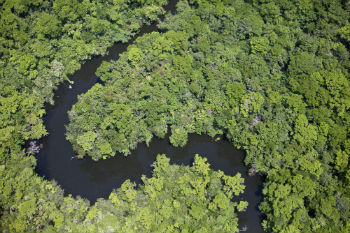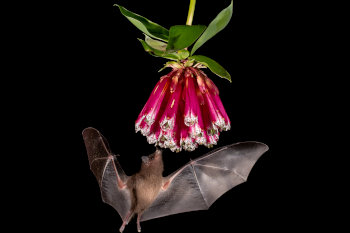Main menu
CEPF is a joint initiative of l’Agence Française de Développement, Conservation International, the European Union, Fondation Hans Wilsdorf, the Global Environment Facility, the Government of Canada, the Government of Japan and the World Bank. A fundamental goal is to ensure civil society is engaged in biodiversity conservation.
Visitez le site français コア情報の日本語翻訳を読むOr use Google Translate to translate the English site to your language:
GTranslate
Priority KBA
Priority Corridor
Other KBA
Other Corridor
Southwest Australia
Stats
About this hotspot About
Investment
:
Eligible Countries
Ecosystem Profile
The Southwest Australia Biodiversity Hotspot occupies some 356,700 square kilometers of the southwestern tip of the continent. Most rain falls during the winter months and the summers are characteristically dry. Native plants are well adapted to the nutrient-poor soils, which also support large-scale crop operations and sheep grazing.
Principal vegetation types in this region are Eucalyptus woodlands, and the Eucalyptus-dominated "mallee" shrubland. Kwongan is a term adapted from the Aboriginal Noongar language to cover the various Western Australian types of shrubland,
The forest, woodlands, shrublands and heath of the hotspot are characterized by high endemism among plants and reptiles. Its vertebrate species include the Endangered numbat (Myrmecobius fasciatus) and honey possum (Tarsipes rostratus)—both marsupials—and the stunning red-capped parrot (Purpureicephalus spurius).
The Critically Endangered western swamp turtle (Pseudeudemydura umbrina), which is dormant for nearly eight months of the year in response to dry conditions and hot temperatures, is among the most threatened freshwater turtle species in the world.




